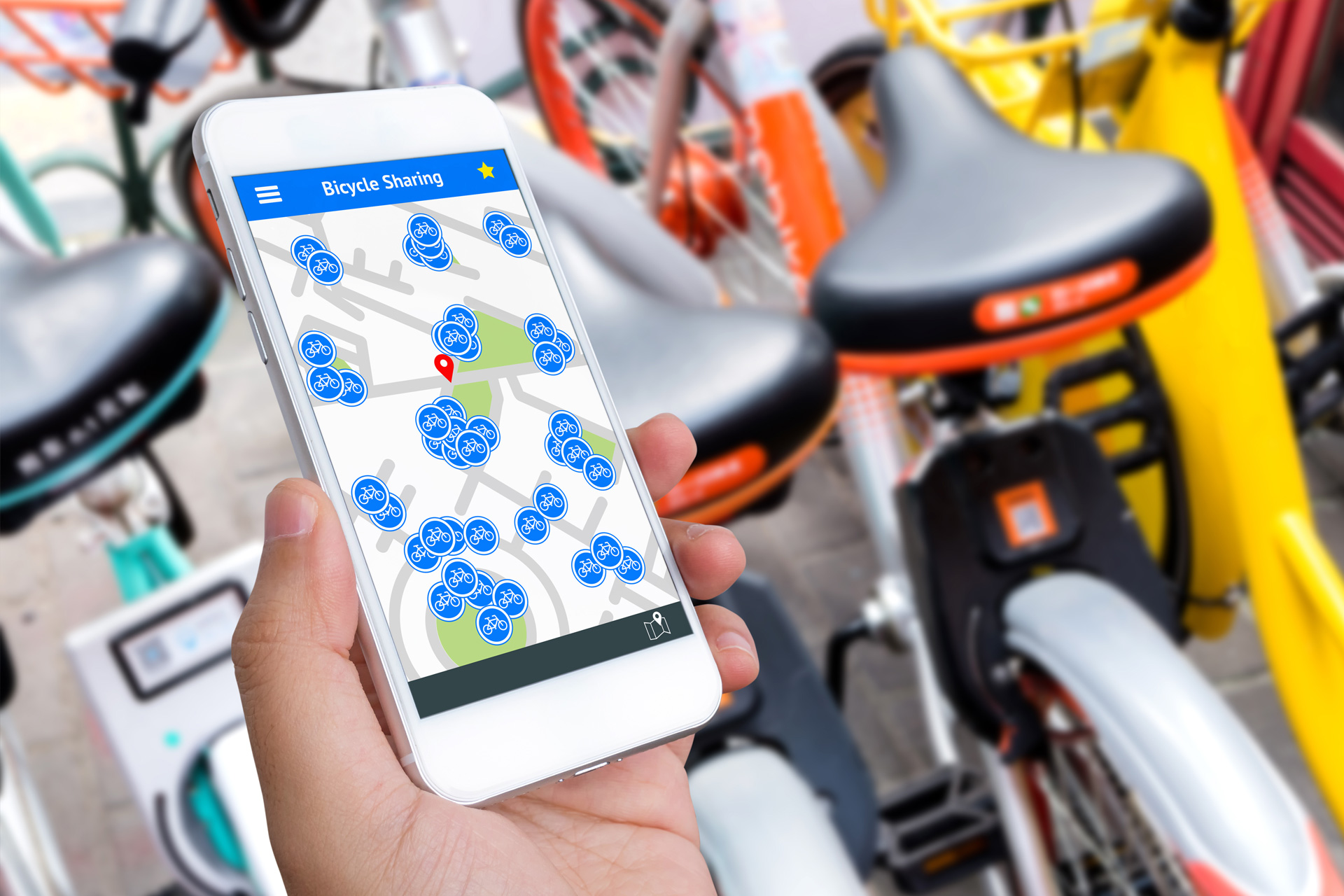- Santander
-
Menu
- Search
- trucos-ahorro-vuelta-colegio
- shares of stock
- Share
This share prices have a 15 minute delay and are shown in the local time of the market in which the quote is displayed.
How to save on back-to-school shopping


When a well-deserved summer holiday ends, it's back-to-school time! Here are a few tips to start the school year right without breaking the bank.
The start of the school year, with new teachers, classmates, and lessons, can be hard not only for students but also for our wallet. But how can we make it without spending money like water?

Plan
The first mistake many people make is buying everything just days before the school year starts (especially without checking the things they need to buy). We should make time to plan our back-to-school shopping by making a list of everything needed for the school year: textbooks, clothes and uniforms, notebooks, pens, rucksacks/backpacks, etc.

Reuse
We should check for things we can use from previous years to avoid buying them again. If we have notebooks, pens, pencils or rubbers/erasers that we’ve barely used, let's recycle them!

Use the collaborative economy to your advantage
We should put all the items we need into categories on our list. One category could be for used things we can get. More online platforms offer used books and second-hand uniforms at cheaper prices and in excellent condition. There are also ways to trade things.
Sometimes, we can get supplies and clothing from family members and friends, which benefits everyone (and the environment) by freeing up space for some and satisfies the needs of others.

Compare prices and split costs
We should search and track what we need in advance to compare prices and get the best deals. Close to the start of the school year, things are likely to be more expensive.
A good idea is to get large packs of things and split them and the cost with people who need them as well. In any event, we should only get what we and (students) need.

Research scholarships and grants
Every year, private and government-run institutions announce scholarships and grants to apply to in order to pay fees, buy school supplies, or take language courses. This can remove a major financial burden for some families.

Bank products to ease the return to the classroom
The start of the school year can force us to spend more each month. Many banks offer products to help households with paying for back-to-school necessities.
We can apply for a credit facility of a set amount to withdraw and pay back only funds we need under predetermined terms and conditions (interest rate, repayment term, etc.). We can use it to buy computers, books and other things needed for lessons.
We can also take out a loan, which would have to repay in full. Loans are usually preferable to pay for a master’s programme and other studies whose fees we already know.



















